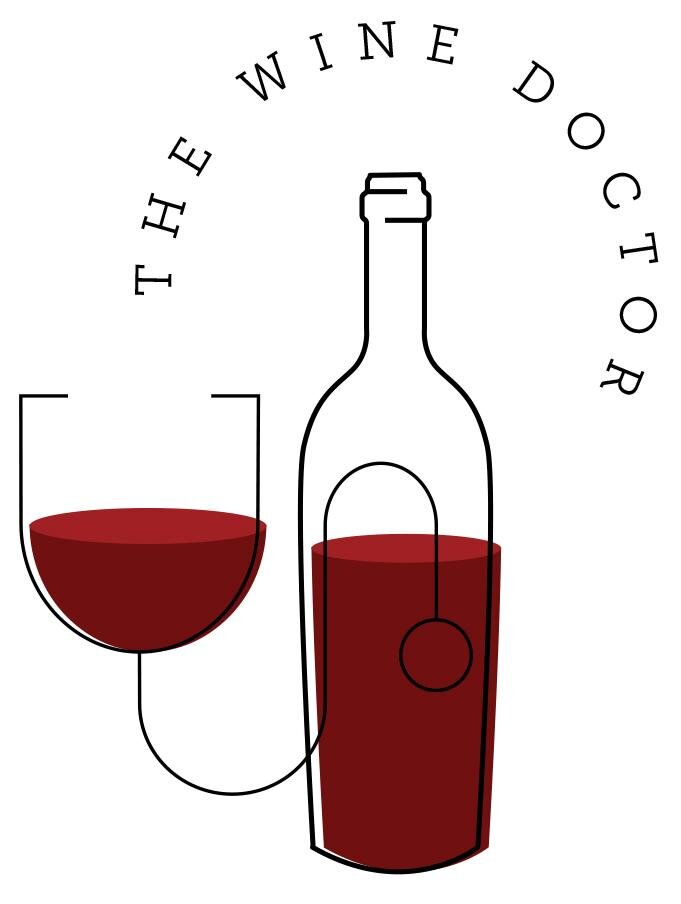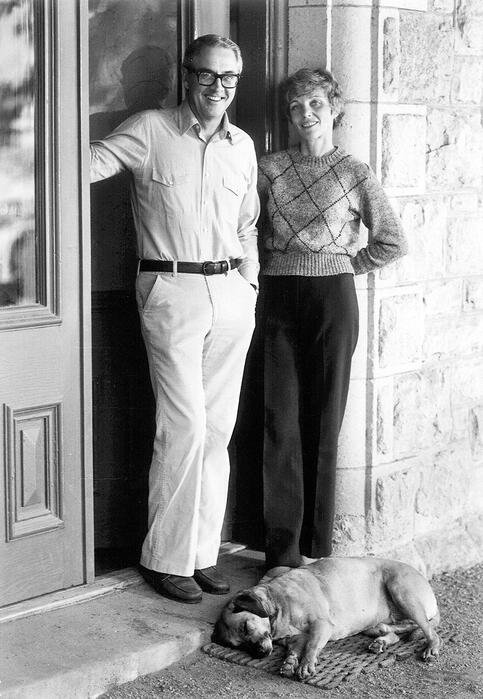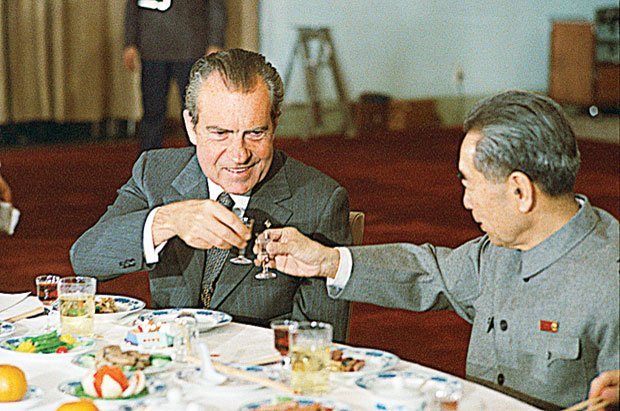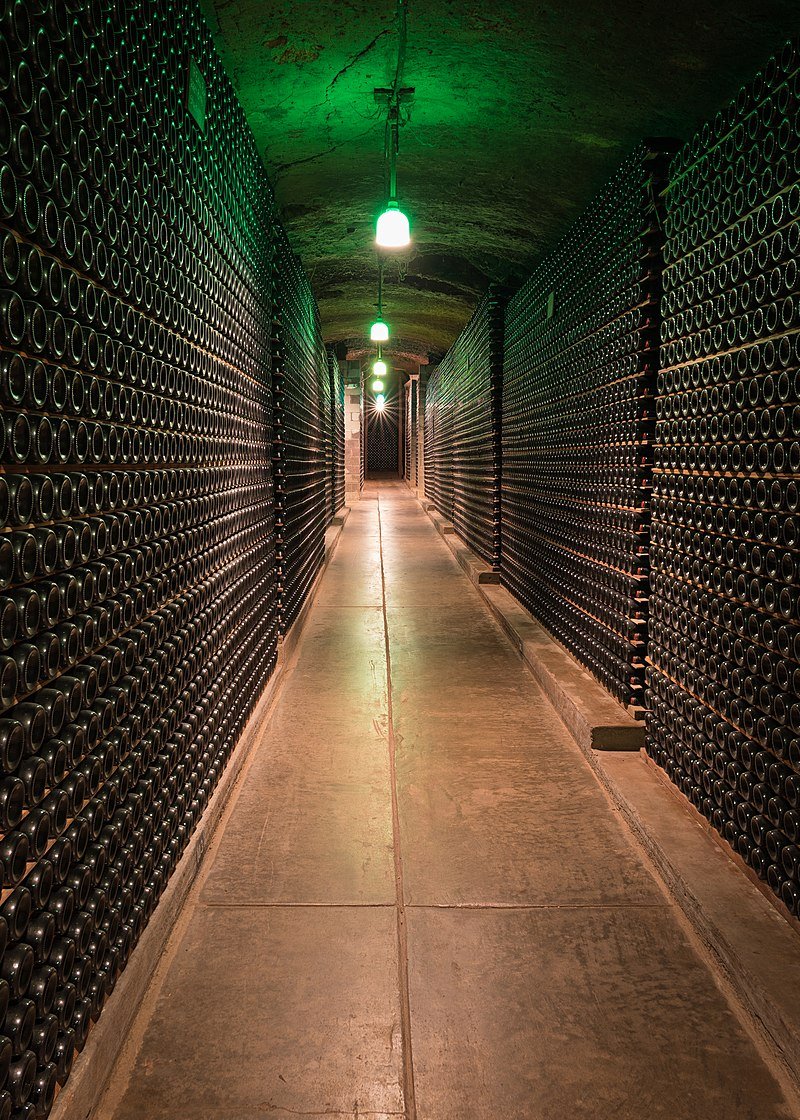Pioneer Spirit
“A willingness to endure hardship in order to explore new places or try out new things”.
Very much an American expression. When it comes to wine, pioneer spirit is most often associated with California. Names like Beaulieu (“BV”), Buena Vista and Mondavi are but a few of those early producers who played a role in putting California wine on the map.
One pioneer some of you might not be as familiar with is Schramsberg. Doesn’t sound very California-ish, does it? Schramsberg’s contribution to California’s rise to wine prominence can be summed up in one word: Bubbles.
I know, I know. In August I had a post about sparkling wine called “It’s not New Year’s Eve”. And it’s still not. But as they say, ‘tis the season, so let’s take a deeper than usual dive into the story behind a producer that some consider the father of American sparkling wine.
In 1862, a German immigrant by the name of Jacob Schram acquired 200 acres of land on a hill in northern Napa County, near Calistoga. Schram came from a winemaking family, and by 1870 had 30,000 vines planted on a portion of the property.
Schram could use a glass of wine..
Schram is credited with creating the first hillside caves in Napa for aging and storing wine. This first cave, and a second completed in 1888, were dug by hand.
The dog looks like the only hard worker here…
By the turn of the century, Schramsberg was a big producer of varietals such as Zinfandel, Riesling and Muscadelle, but nothing sparkling. Schram’s son inherited the property after his father’s death, but sold it in 1912. Over the next 50+ years, Schramsberg changed hands many times, but never produced any wine!
Fast forward to 1965. A successful Los Angeles businessman by the name of Jack Davies came to Napa with a vision: to make sparkling wine in America that could compete with Champagne. With his wife Jamie, they acquired the abandoned Schramsberg.
Jack and Jamie focused on making sparkling wine using the same labor intensive method as in Champagne (methode traditionnelle, where a secondary fermentation takes place inside the bottle, creating bubbles) and the same grapes: Chardonnay; Pinot Noir and Pinot Meunier.
Jack & Jamie Davies (and another tired Schramsberg dog)
It was a struggle at first, but the wine was good and Schramsberg started to get noticed, including by the resident of 1600 Pennsylvania Avenue. The 1969 vintage, all Chardonnay (“Blanc de Blancs”, more on this below), was released at Christmastime 1971. In February, the Davies got a call from the White House, wanting to purchase 13 cases of the wine. No further explanations, just get it as soon as possible to Travis AFB, east of Napa.
All was revealed in that last week of February 1972. President Richard Nixon made a historic trip to China, culminating in a breakthrough state dinner with Premier Zhou Enlai. The “Toast to Peace” was made with the Schramsberg Blanc de Blancs.
The next day, NBC’s Barbara Walters, traveling with Nixon, held up a bottle of the Schramsberg on the Today Show. Now, everyone wanted it…
To accommodate continued growth, Schramsberg expanded its mountainside caves twice, in 1980 and 1990. Today, Schramsberg has 34,000 square feet of underground storage:
Jack passed away in 1998, followed by Jamie in 2008. Today, son Hugh runs the family business, which has expanded to include still wines under the Davies Vineyards name.
“Is there a cork in our future”?
Right, time to open some wine. Ours: the 2017 Schramsberg Blanc de Noirs. About $39 at retail.
Some quick pointers on this beautiful bottle:
“Blanc de Noirs”, literally “white from blacks”, refers to the color of the grapes. A Blanc de Noirs is made up of mostly Pinot Noir (83% in our case), which is a dark skinned grape. A Blanc de Blancs is therefore “white from whites” because the primary and often only grape is the light skinned Chardonnay. The Blanc de Noirs wine is not red because the grapes are gently pressed and the juice is separated from the skins.
“Brut” refers to the relative sweetness of the wine. As we know, the sparkling wine process involves adding a small amount of sugar, in the form of concentrated grape must. Brut wines tend to be the most popular. They are very dry (i.e. low added sugar), but there are even drier styles (Extra Brut and Brut Nature), as well as sweeter (Dry, Demi-Sec).
The label reminds us this sparkling wine was made in the “Traditionnelle” method, just like Champagne (sometimes you will see “Methode Champenoise”). By the way, this same method is used elsewhere in France for Cremant, in Spain for Cava, in Italy (“Metodo Classico” for Franciacorta but NOT Prosecco), and in South Africa (“Methode Cap Classique”).
Tasting:
Once again, I did this tasting in a regular wine glass to help capture all the aromas. Flutes look great but their small surface area limits what you can smell and therefore taste. This wine has a beautiful medium yellow-gold color, with well defined bubbles. On the nose, I got exactly what I expect and want from a sparkler: that toasty/doughy aroma. Give it a little more time and you can pick up some secondary spice notes, also a welcome sparkling quality. On the palate, the Schramsberg leads with tree fruits like green apple and pear. You also get some toasty, nutty notes like almond (maybe almond croissant!). There is good acidity, which helps deliver a crisp, slightly tart finish. This could be due to the 17% Chardonnay used in the blend. The bubbles are fairly pronounced, providing a nice mouthfeel. After a little while, I found myself noticing some more fruit qualities from the Pinot Noir. This is why I like Blanc de Noirs better than Blanc de Blancs, which can sometimes be a little more austere.
Food:
Yes. And No. Sparkling wine is a great match with so many different foods, and yet it is wonderful all by itself. Don’t overthink this. Just pour and enjoy.
The Bottom Line:
There is no lack of great sparkling wine to discover, Old World and New. American sparkling wine has come a long way, with many fine producers now in California, as well as Oregon and even New Mexico! But if you want to experience what started it all, look for Schramsberg. Over half a century of pioneer spirit!
Here’s to a happy holiday season, and my best wishes to all of you for a HEALTHY and prosperous New Year.
Until next time,
Cheers!






